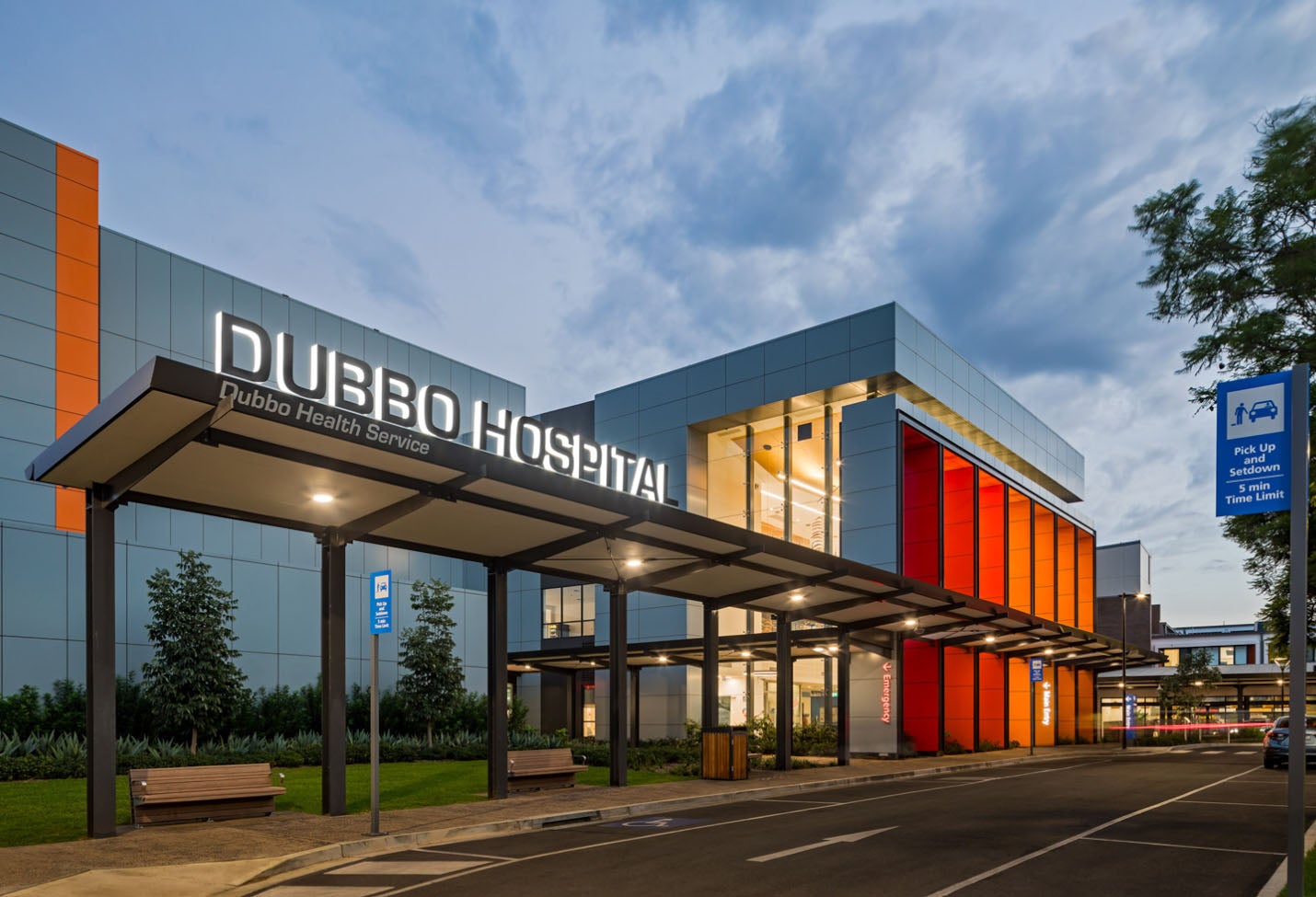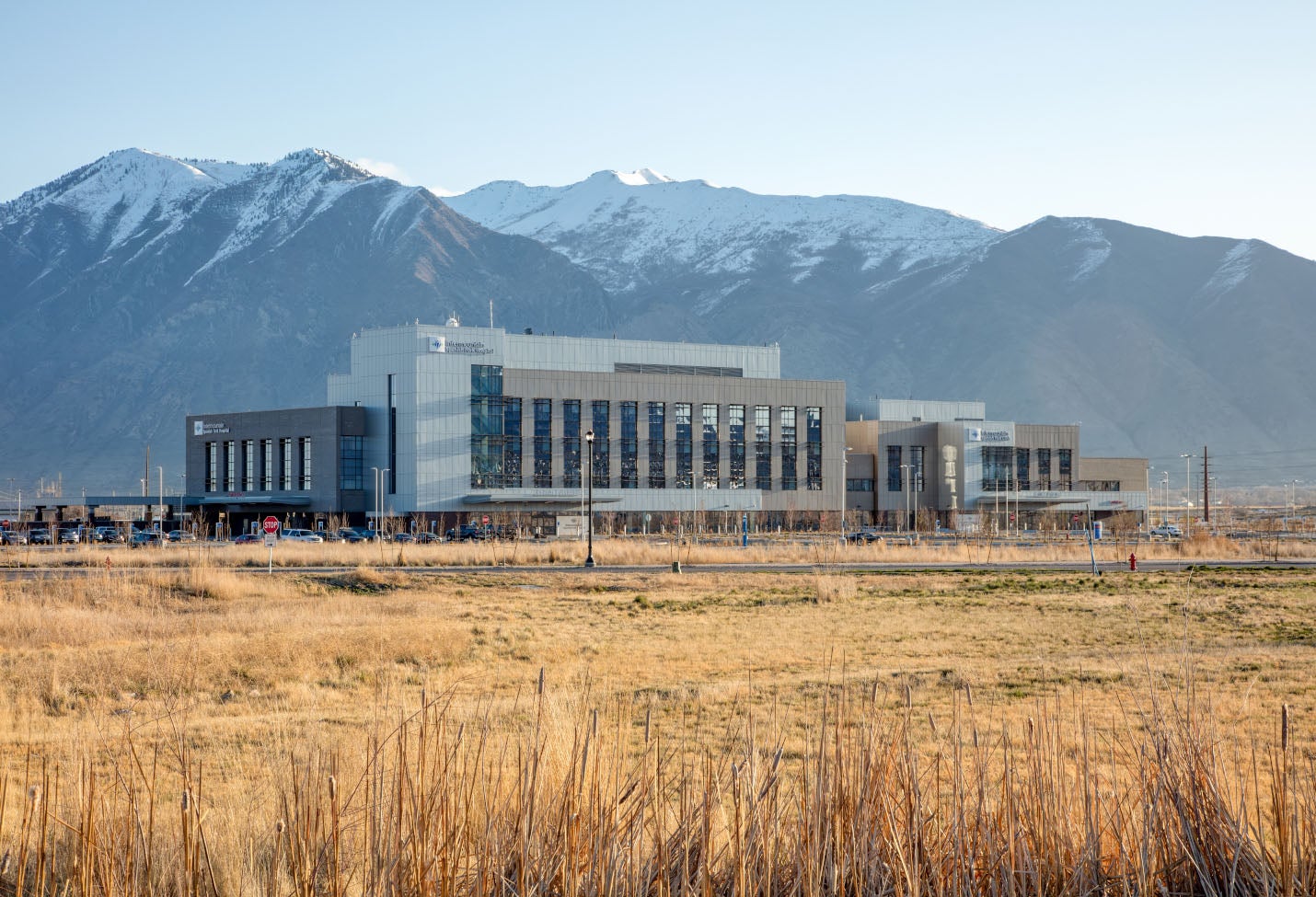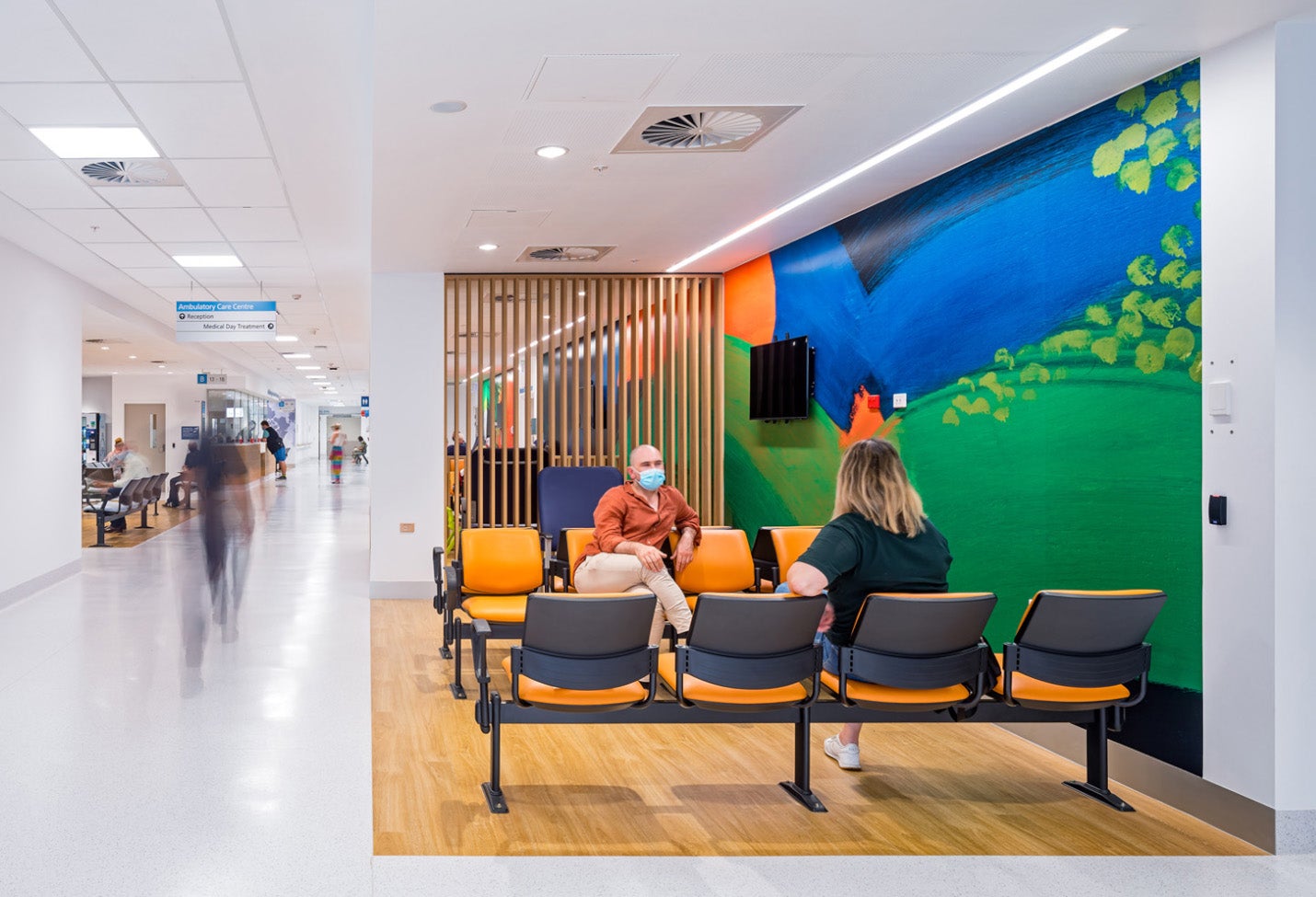
Bridging the Health Equity Gap with a Strong Rural Resolve
Today, the health sector is transforming at both speed and scale. The need for more equitable, resilient hospital infrastructure and integrated health precincts underpinned by flexibility, technology and personalization is reshaping the trajectory of our healthcare system and challenging many of our preconceived notions as health architects, designers and planners.
At HDR, we have been presented with a once-in-a-generation opportunity to think about healthcare delivery in a new way and leverage our specialist healthcare planning capabilities to re-address some of the current inequalities that exist across rural, regional and remote Australia. If we continue to challenge our thinking, we can ultimately lay the foundations for a new era of regional healthcare architecture — one that is community-driven and better connected to the healthcare equity gulf across our island nation.
An Evolving Landscape
Currently, around 7 million people — or 28% of the Australian population — live in rural and remote areas (ABS 2022). Sadly, COVID-19 has disproportionately impacted many of these communities who are, for the most part, already susceptible to unique challenges presented by their geographic location, whether that be access to public transport, limited resources or lack of digital connectivity.
In a healthcare context, research indicates that people from these areas also have limited access to primary healthcare services, which in turn increases rates of hospitalizations, death and injury compared to metropolitan areas.
As a result, in November 2021, the NSW Government committed $500 million to a rural health boost and, more recently, the State Governments came together to sign a new Memorandum of Understanding with the Commonwealth which enables the continuation of Medicare bulk billing and increases funding for additional primary care services in rural and regional areas. Ultimately, this sets the stage for unparalleled regional healthcare growth and development to meet community needs now and into the future.
Social Determinants of Health
Moving forward, our capacity to design and deliver cutting-edge, equitable healthcare infrastructure will be largely defined by our understanding of the social determinants of health, defined by WHO as “the “non-medical factors that influence health outcomes.” This means that continued sector transformation is becoming increasingly dependent on the reversal and mitigation of some of the inequalities that exist today — whether that be health, education, income, transport, housing or employment — in order to create integrated, intergenerational and inclusive communities that can thrive in their own right.
As healthcare architects, if we can successfully overlay these ever-evolving drivers of health with environmental, social and governance practices, we will be well-placed to deliver life-changing infrastructure and improve population health across regional and rural Australia.

A Rural Resolve
As a global organization with an interconnected knowledge exchange, we often look to our global counterparts for insights and lessons that can be applied locally and layered with our own geographical nuances. An example of this is when rural hospitals shut down across the US in unprecedented numbers in 2020, leaving 60 million people — nearly one in five Americans — without access to medical care in their communities. Amid this crisis, our Design Director Tom Trenolone conducted a global study, Rural Resolve, to explore how innovative design interventions could improve the health and well-being of rural hospital providers, patients and the wider community during challenging times.
The team of specialist designers and planners not only considered how new concepts in master planning could become catalysts for reversing inequalities but whether design interventions such as a reimagined main street could indeed be an economic engine for providing more convenient health services.
Eight Ideas
Culminating in the book Rural Resolve, eight ideas were identified that, when considered in unison, could help to transform regional and rural communities.
Reimagine the main street to include healthcare services alongside, or as an alternative to, isolated, edge-of-town hospitals.
- Redefine healthcare so it is not defined by a monolithic hospital but a series of social supports, with a healthcare provider at the centre, within a main street.
- Provide access to high-quality parks and recreation spaces adjacent to healthcare facilities, as a critical lifeline to patients.
- Rethink indoor amenities to increase visitor and community engagement, such as theatres, community halls, basketball courts and swimming pools, therefore incentivising traditional retail services to return to the town’s main artery.
- Transform streets and existing infrastructure to meet growing demand for open space and community activities, such as dining, farmers’ markets and art shows.
- Find ways to bring education and tourism into towns, such as inviting guest lecturers to visit a town’s schools or senior facilities to present about their fields or research.
- Reinforce intergenerational connections by relocating the town’s retirement facility to the town centre.
- Use places of worship as gathering places that provide opportunities for patient education about healthy living and disease prevention through seminars, or for free health screening.
These world-leading ideas have been applied to HDR-designed projects such as Grand Island Regional Medical Center and Intermountain Spanish Fork Hospital.

Theory in Practice
Transferring our global Rural Resolve from theory to practice and applying it to our own healthcare infrastructure here in Australia has been a challenging but rewarding feat – and demonstrates just how influential our borderless, global-meets-local approach can be to the design and delivery of innovative healthcare infrastructure.
The HDR-designed regional NSW hospital developments — Dubbo Base Hospital Redevelopment and Western Cancer Centre Dubbo — are examples of this theory in practice and verify just how interdependent progressive healthcare design and thriving rural communities can be. As part of the NSW Government’s rural health boost, our dedicated healthcare team provided specialist master planning and design to deliver industry-leading community healthcare facilities that integrate Connecting with Country design principles and bring First Nations knowledge and biophilic design to the forefront of our design outcomes.
In another example of bridging the healthcare gulf, we have recently been appointed to design and deliver two regional hospitals in the Murrumbidgee Local Health District. The Temora Hospital Redevelopment and Finley Health Service Redevelopment will collectively enhance the delivery of healthcare across the region and future-proof care for the local community. Projects like these, as well as our Grafton Hospital Redevelopment with Woods Bagot, and the design and delivery of ten Community Hospitals across Victoria in collaboration with DesignInc, not only mark a key milestone in the advancement of regional healthcare but allow us to apply our global Rural Resolve study to address the social determinants of health and bridge the gap in healthcare across the east coast.

Care Model Innovations
New care model innovations are currently transforming the way regional and rural healthcare is being designed and delivered – and ensuring better access to specialist services normally only available to metro patients. For us, designing for inclusivity and equity is becoming increasingly important, as is the need to embed telehealth and virtual care within hospital facilities to improve workflows, enable personalisation and promote value-based healthcare that extends beyond the walls of the hospital.
Looking ahead, if we continue to design hospitals that embrace notions of Rural Resolve, we will be well-positioned to build smarter, more resilient regional and rural areas that advances health equity and creates happy, healthy communities for many years to come.
This is republished from Hospital + Healthcare, read the article.



